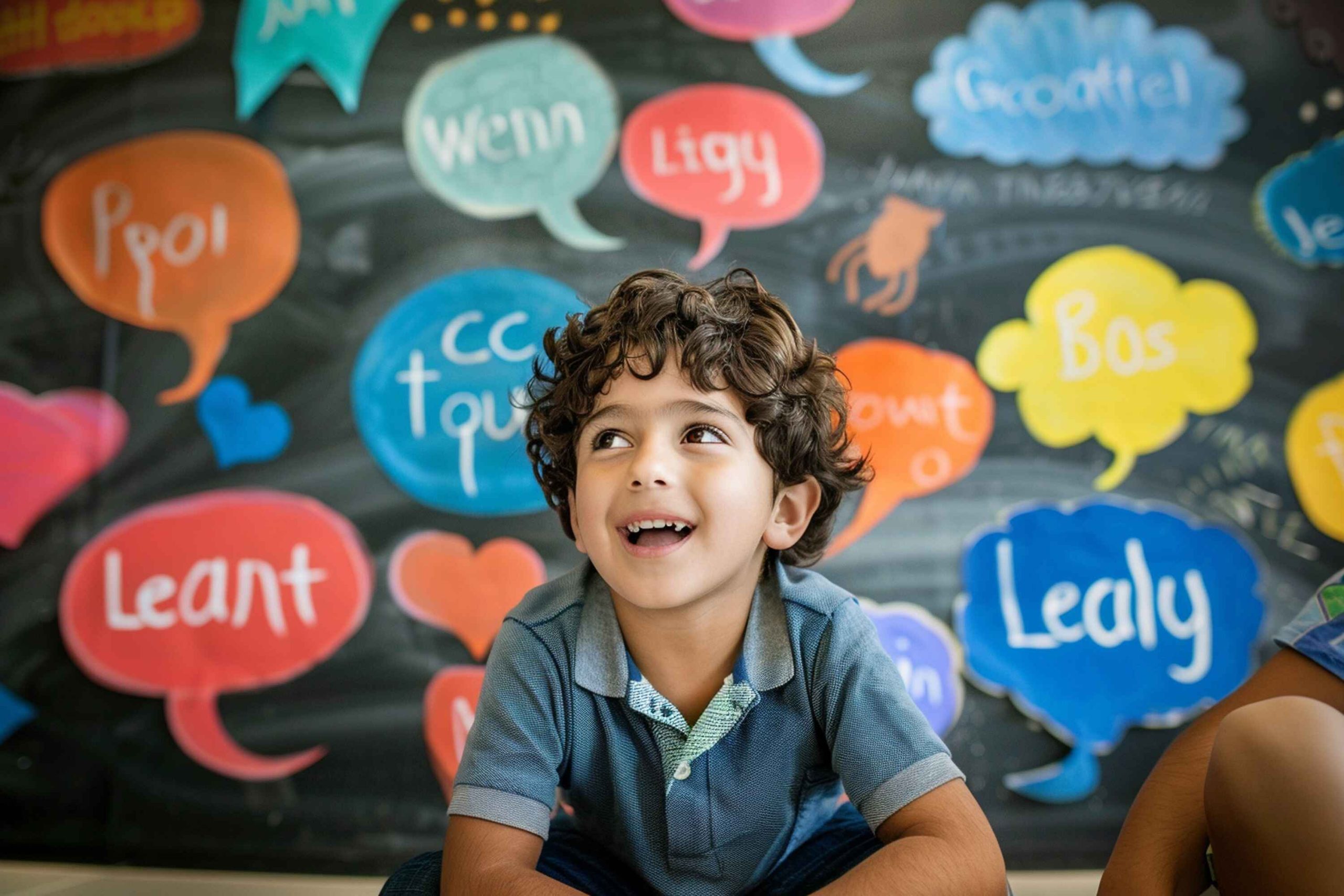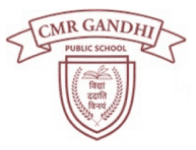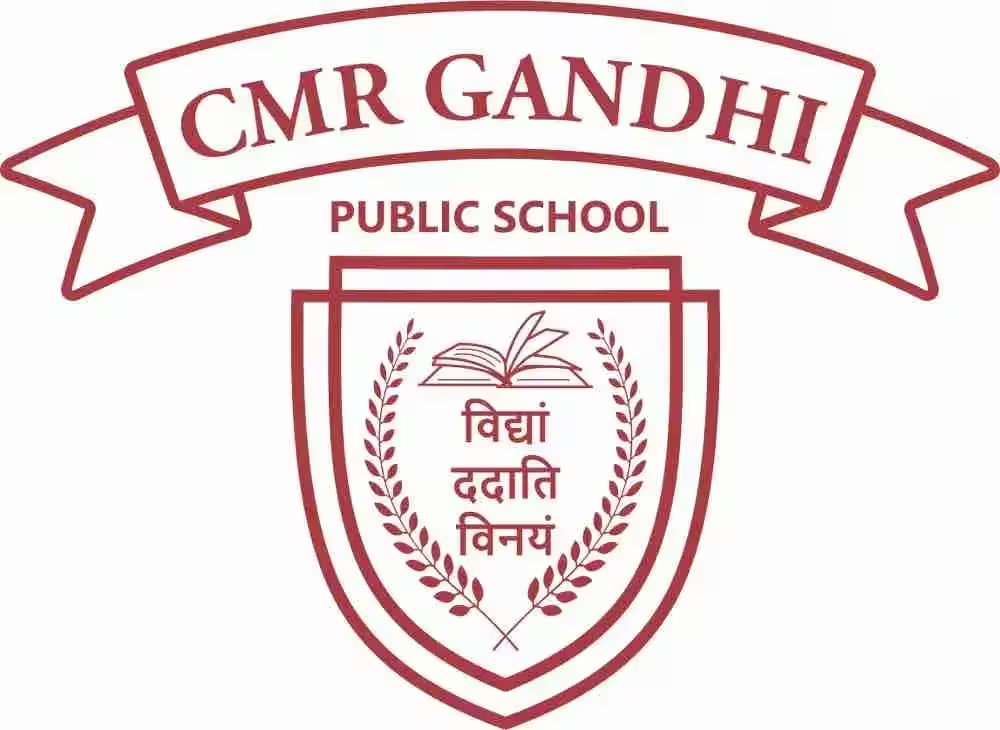Why is critical thinking in the education world a buzzword in today’s day and age?
The education sector has undergone seismic changes in recent times. The focus on teaching has shifted from merely providing students with a lot of information, to allowing them to think, experiment, ask questions, and forge their own path of learning.
Modern education is based on the belief that each child is unique and discovers their identity, meaning and purpose through connections with the community, the natural world and spiritual values. Since a child’s intelligence and abilities are intricate and cannot be measured by scores on standardised tests, skills such as critical thinking ought to be given priority.
Concept of critical thinking in education
The skill of critical thinking has been extensively explored by various scholars. Dr. Richard Paul proposed that critical thinking should be viewed as “that mode of thinking – about any subject, concept or problem – in which the thinker improves the quality of his or her thinking by skillfully taking charge of the structure inherent in thinking and imposing intellectual standards upon them.”
To understand this concept, here is a simple yet effective process that a teacher may use in class to teach critical thinking skills:
1. Show a Picture:
The teacher shows the class a picture of a busy city street.
2. Ask Observational Questions:
- “What do you see in this picture?”
- “Can you describe the elements present (buildings, people, vehicles)?”
3. Encourage Deeper Inquiry:
- “Why do you think the street is so crowded?”
- “What might be the reasons for the different types of vehicles on the street?”
4. Analyse and Interpret:
- “How do you think the traffic affects the daily lives of people in this city?”
- “What could be some underlying issues causing the traffic congestion?”
5. Form Hypotheses:
- “What are some possible solutions to reduce traffic in this area?”
- “How might these solutions impact the environment and the community?”
6. Discuss and Reflect:
- “What are the pros and cons of each proposed solution?”
- “Which solution do you think is most feasible and why?”
Elements that underlie critical thinking
Now that we have learnt how a teacher may successfully instil the concept of critical thinking, let us delve deeper into the elements underlying critical thinking, based on the model of critical thinking identified by the educationalist Edward Glasser:
- Interpreting data;
- Recognising problems;
- Gathering relevant information;
- Recognising unstated assumptions and values;
- Finding feasible solutions to those problems;
- Identifying existing logical relationships between propositions;
- Reconstructing one’s patterns and beliefs based on broader experience; and
- Making informed judgments about specific things and qualities in daily life.
Conclusion
Critical thinking allows children to achieve high intellectual standards by building clarity in a specific field, and measuring relevance, adequacy, and coherence of available information.
CMR Gandhi Public School is among the few schools leading the transformation of Indian education with traditional and experiential teaching methods. Our teachers facilitate children in developing critical thinking as a life-long habit.
Visit CMR Gandhi Public School today and discover how our innovative curriculum can shape your child’s future.










